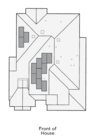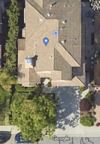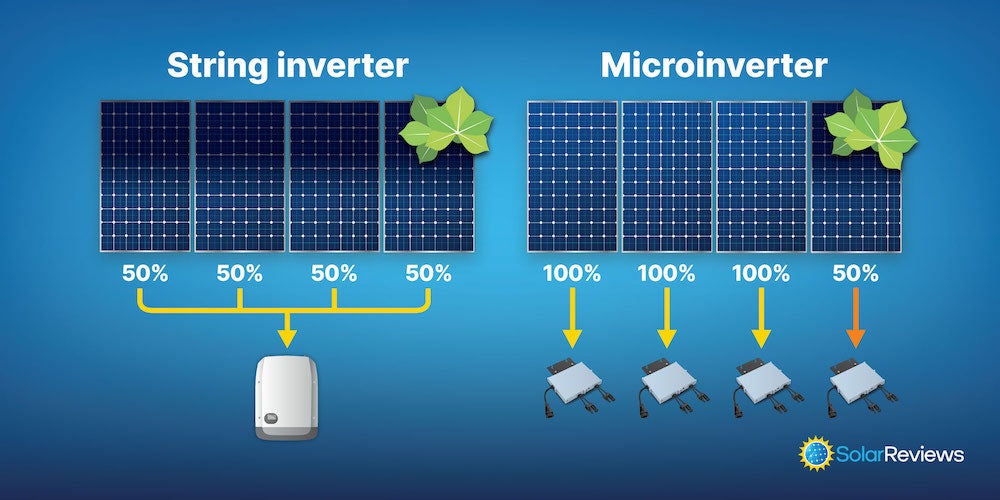I just finished installing solar panels with Tesla. I asked to put all the solar panels on the west side thinking it's better for peak hour performance. There is a little bit of shade from the chimney from the west side but it only covers a small portion of the roof. However, I just learned that Tesla's panels are connected in series, one panel being shaded can impact the production of all the other panels. As a result, this design will negatively impact the solar output late in the afternoon in summer time. Please see the attachment for the solar panel design and the roof view.
Tesla never told me about this when I asked to change the default design. Does anyone have advice on what I can do about it for remedy?
Thanks!
Tesla never told me about this when I asked to change the default design. Does anyone have advice on what I can do about it for remedy?
Thanks!





